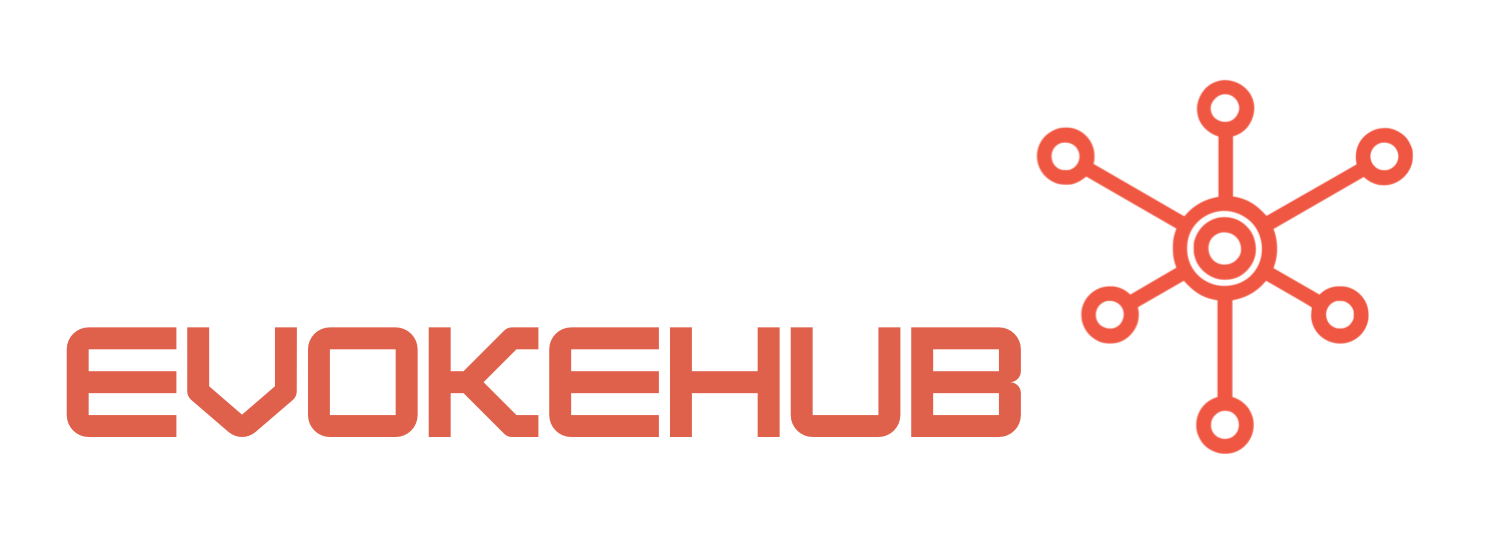Understanding Azure Batch: A Modern Approach to Job Scheduling
Azure Batch is a cloud-based service designed to enable the efficient scheduling and execution of parallel and high-performance computing (HPC) tasks. It simplifies the process of managing large-scale job scheduling by automatically provisioning resources, scaling operations, and handling failures. By leveraging the power of the cloud, Azure Batch allows businesses to focus on development and execution, as opposed to infrastructure management. You can learn more about Azure Batch here.
One of the standout features of Azure Batch is its ability to dynamically scale resources based on demand. This means that organizations can run thousands of tasks simultaneously without needing to invest in physical hardware. Automating the allocation of virtual machines ensures that computational resources are utilized efficiently. Additionally, with scheduling options such as job prioritization and dependency management, Azure Batch allows users to optimize their workflow effectively.
Moreover, Azure Batch integrates seamlessly with other Azure services, providing a comprehensive ecosystem for data processing and analytics. For instance, it can work in conjunction with Azure Storage for data input and output, as well as Azure Functions for event-driven processing. This integration enhances the job scheduling experience, enabling organizations to create complex workflows without significant overhead. Overall, Azure Batch presents a modern, robust solution for organizations looking to streamline their job scheduling processes while maximizing resource utilization.
Traditional Job Scheduling Methods: Features and Limitations
Traditional job scheduling methods have been the backbone of computing for decades, often relying on local servers or on-premises systems to manage computational tasks. Common methods include cron jobs on Unix-like systems, Windows Task Scheduler, and workload management systems like Apache Mesos and Torque. These traditional methods provide a straightforward mechanism for scheduling jobs based on time or resource availability, often requiring manual configuration and intervention for optimal performance.
However, traditional methods come with inherent limitations. Firstly, they often struggle to scale effectively. As the complexity and volume of tasks grow, organizations risk overloading their systems, leading to bottlenecks and inefficiencies. Maintenance becomes cumbersome as additional hardware may be necessary to handle increased workloads, resulting in higher operational costs. Additionally, traditional job schedulers may lack advanced features like dynamic scaling and automated fault tolerance, which can hinder performance and reliability.
Moreover, organizations using traditional job scheduling methods may find themselves locked into specific architectures and technologies, limiting their ability to adapt to changing business needs. For example, migrating to a different operating system or hardware configuration may be labor-intensive and disruptive. In contrast, cloud-based solutions like Azure Batch offer the flexibility needed to adapt to evolving workloads without the constraints of physical infrastructure. Thus, while traditional job scheduling methods have served their purpose, they are increasingly becoming less viable for modern computing demands.
In summary, Azure Batch represents a significant advancement in job scheduling, addressing many shortcomings of traditional methods. Its ability to leverage cloud resources allows organizations to efficiently manage large-scale tasks with minimal manual intervention. Conversely, traditional job scheduling methods, while still relevant in certain contexts, often pose challenges in scalability, maintenance, and adaptability. As organizations continue to embrace cloud technologies, solutions like Azure Batch will likely play a pivotal role in shaping the future of job scheduling and computational workflows.




